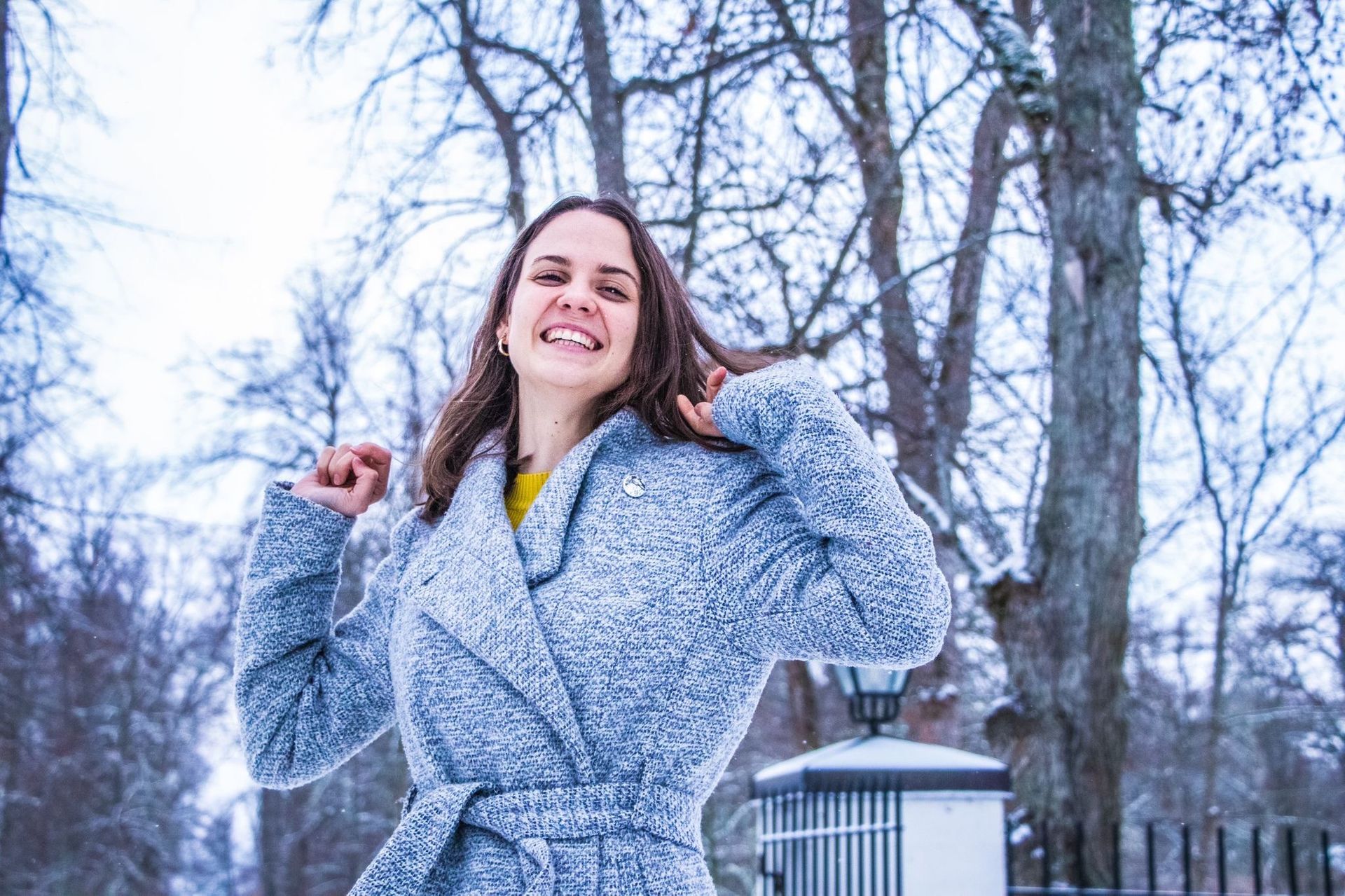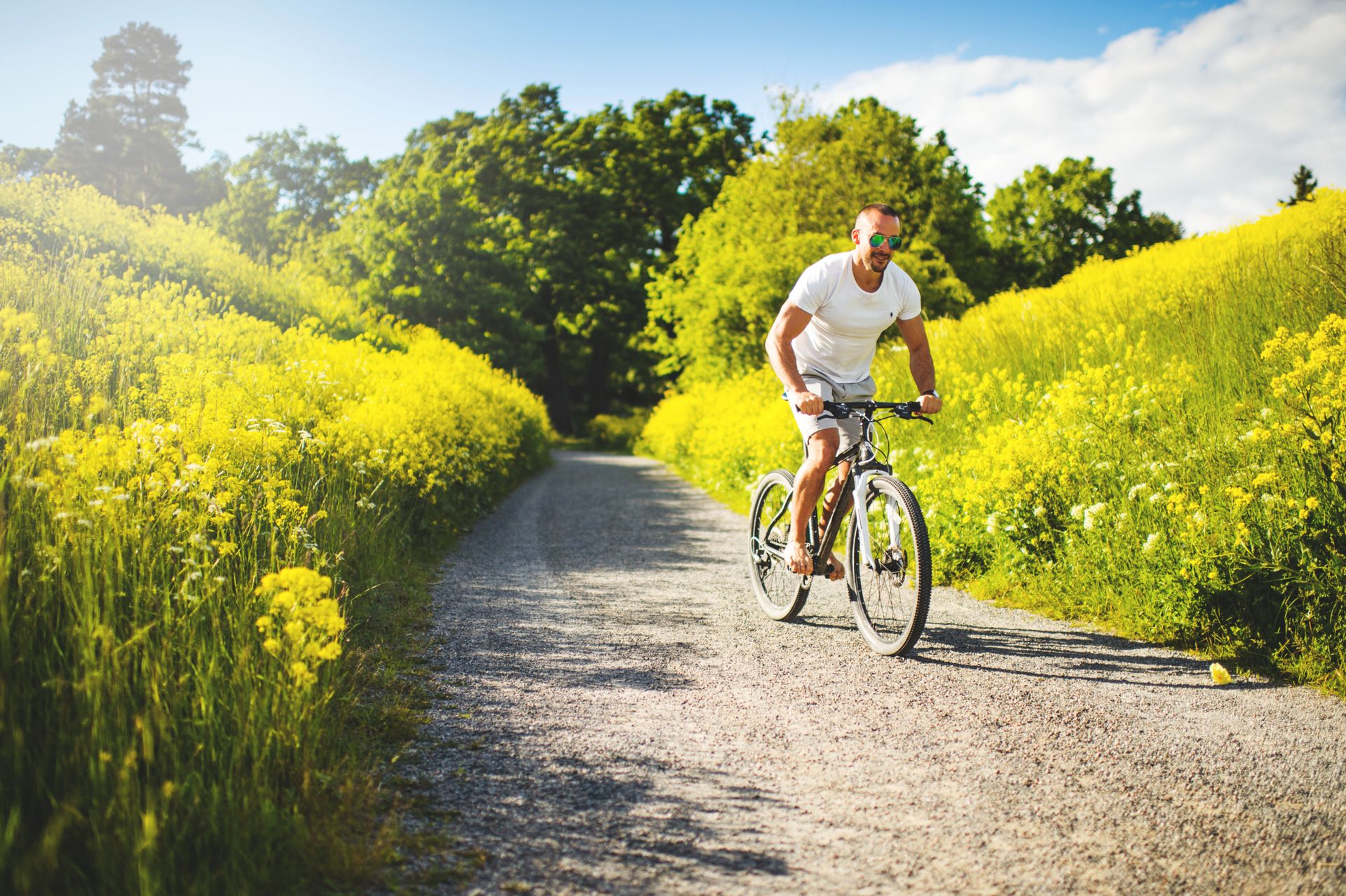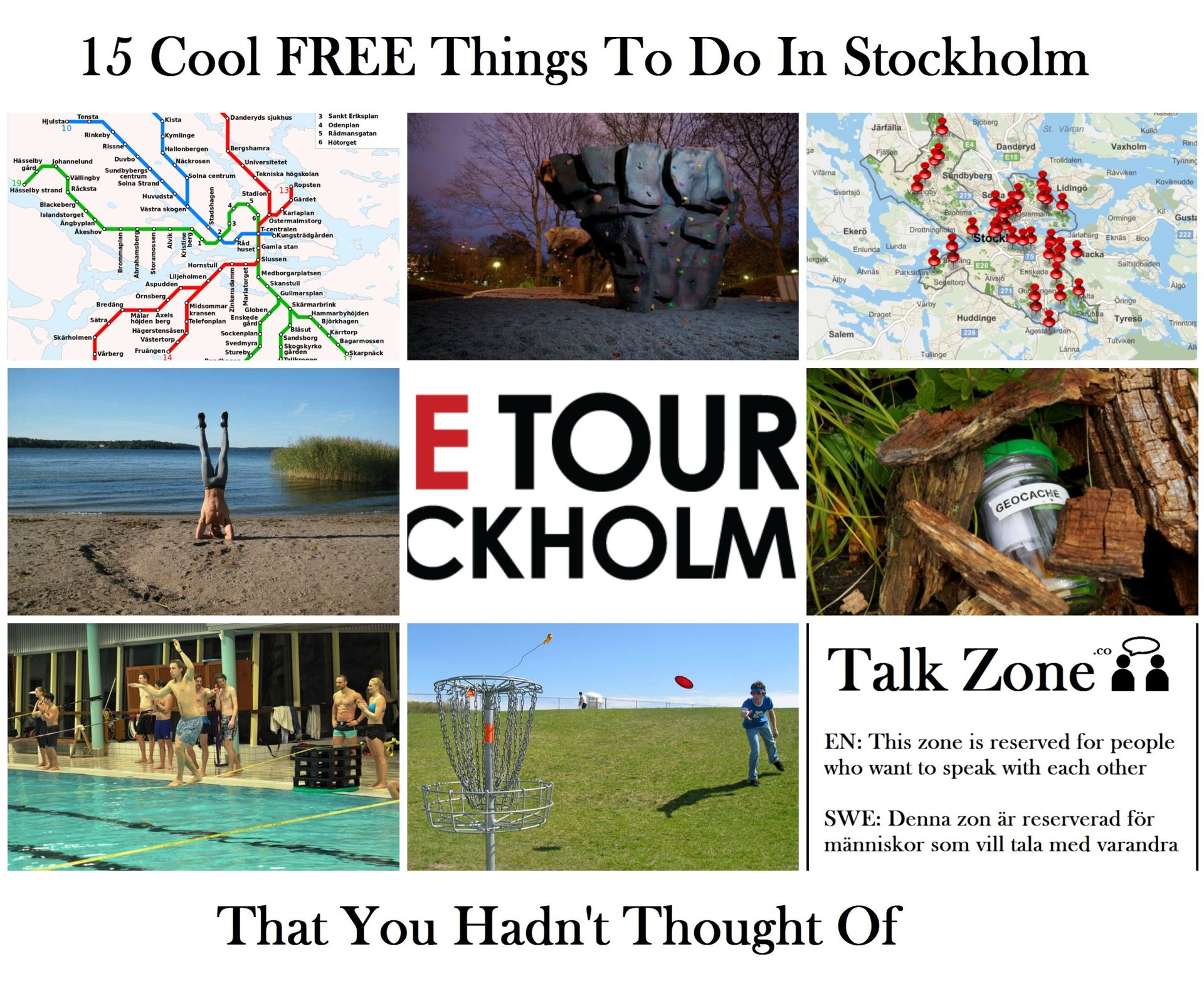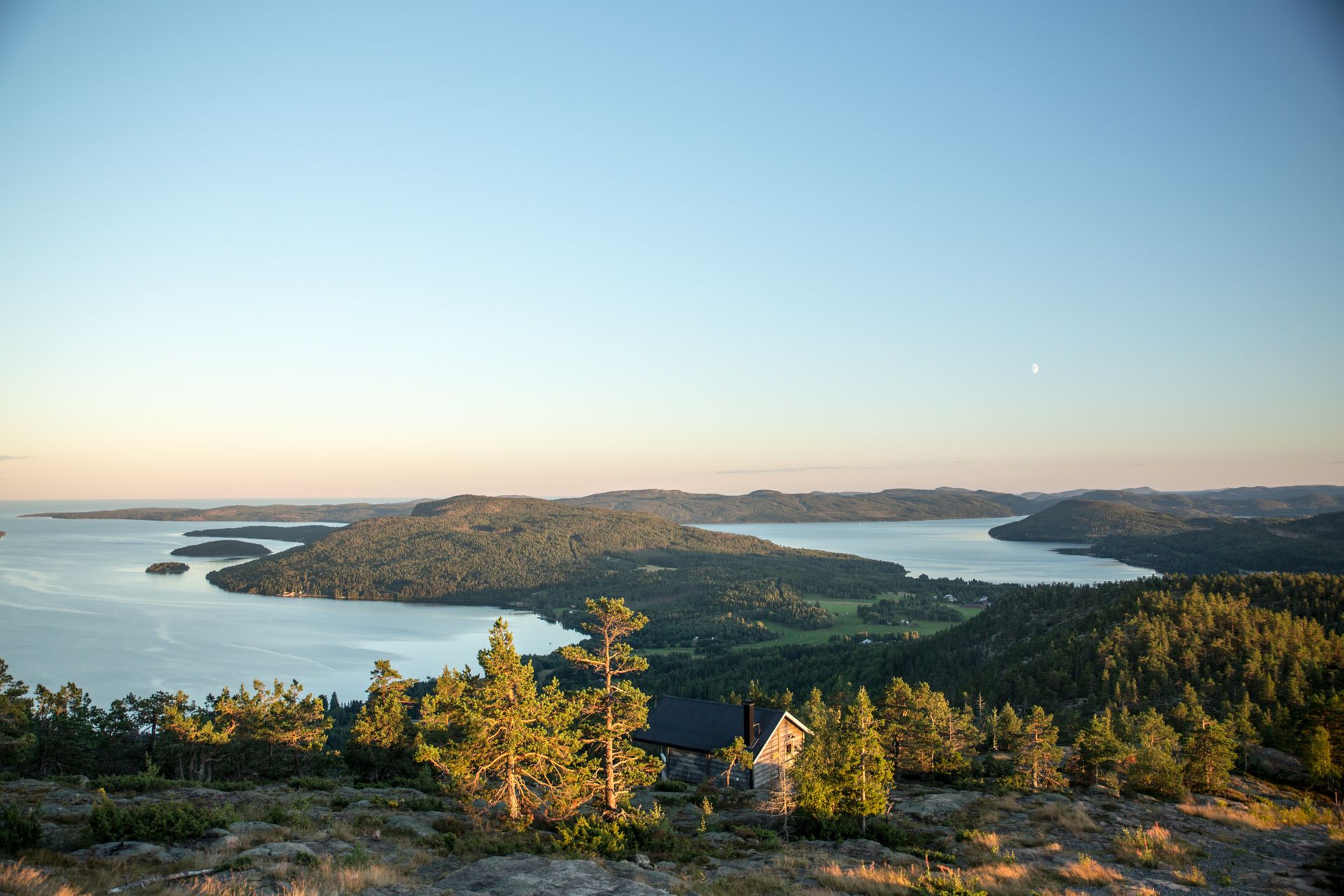
Written by Annamaria
22 Mar 2022
Today is the World Water Day! And I thought that since water is such an important compound in our lives, there should be a short appreciation post about the water in Sweden. I gathered some interesting facts not only to answer questions such as: Is it possible to drink tap water in Sweden? Why are there so few options for bottled water and why can’t I find still water bottled? And how come there are soooo many lakes in Sweden? It’s like a water reservoir or something. 💧
Tap water
So the thing is that there are many countries in the world nowadays that have access to tap water. But people still often prefer bottled water or they filter the water before drinking it. There are various reasons for that, often it is because people don’t like the taste of their tap water or it is generally not safe to drink. But in Sweden it’s different. Most Swedes consider purchasing bottled water waste of money. And it is not surprising since tap water in Sweden has been ranked in the top 10 countries with the best water to drink. It’s not only tasty but also very clean. You can drink water from the sink at home, in restaurants, at gas stations, or even at the airport. It is truly unusual for water in Sweden to be bad.
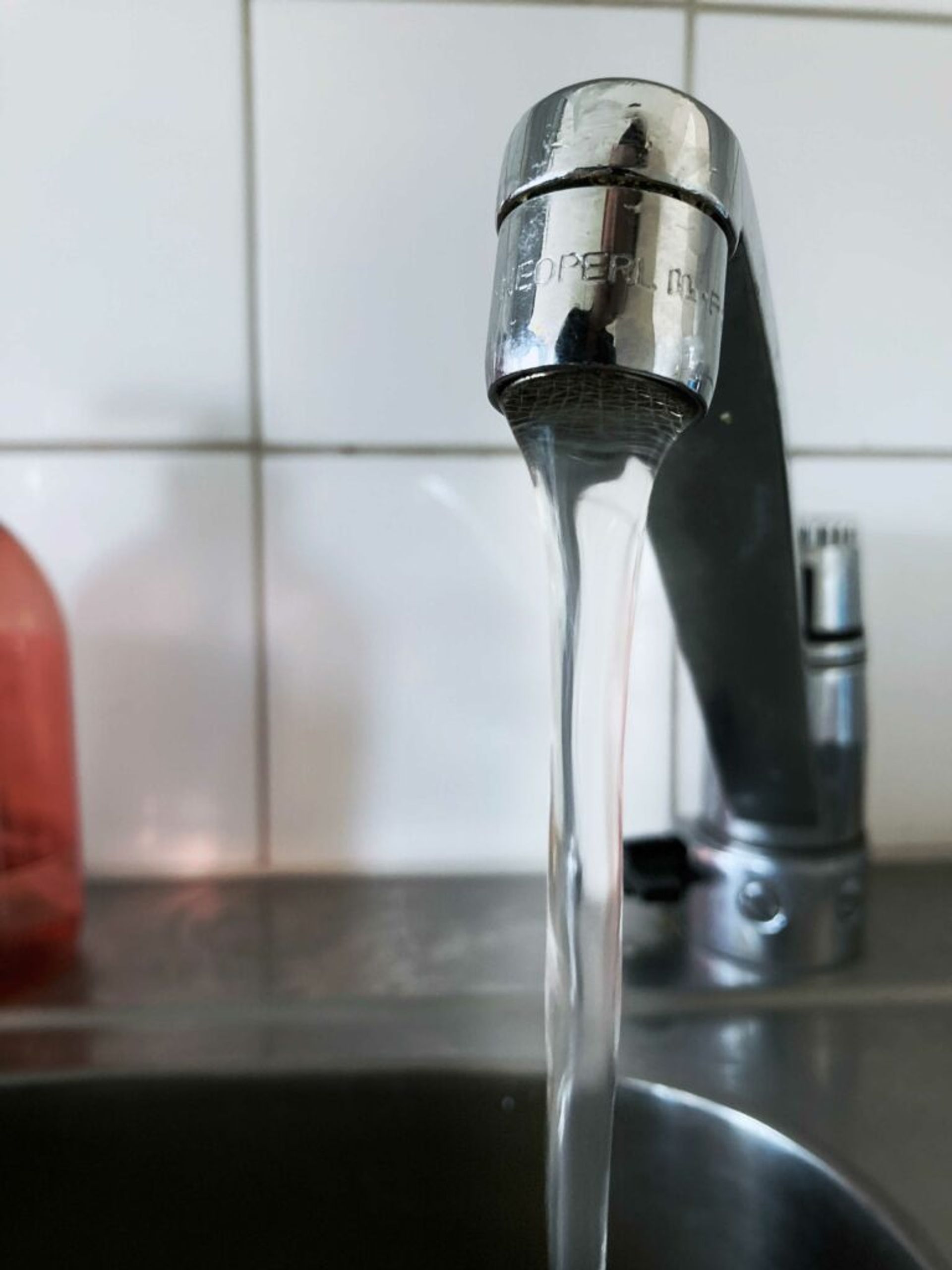
And a fun fact about tap water in Uppsala. It was found that it contains a higher amount of fluoride and that is why people in Uppsala region tend to have healthier teeth. 😁 Not sure if the source is valid though.
Bottled water
It’s not only that many Swedes don’t really like buying bottled water but there are also not many options in the supermarkets. The bottled water is often at least sparkling if not artificially sweetened. And it is also quite expensive, especially since the quality of tap water at home tends to be higher than bottled water. The price ranges from SEK 7 to 40 for a 500 ml bottle depending on the shop. I’m not saying that there are no options but trust me, most of them don’t taste that good.
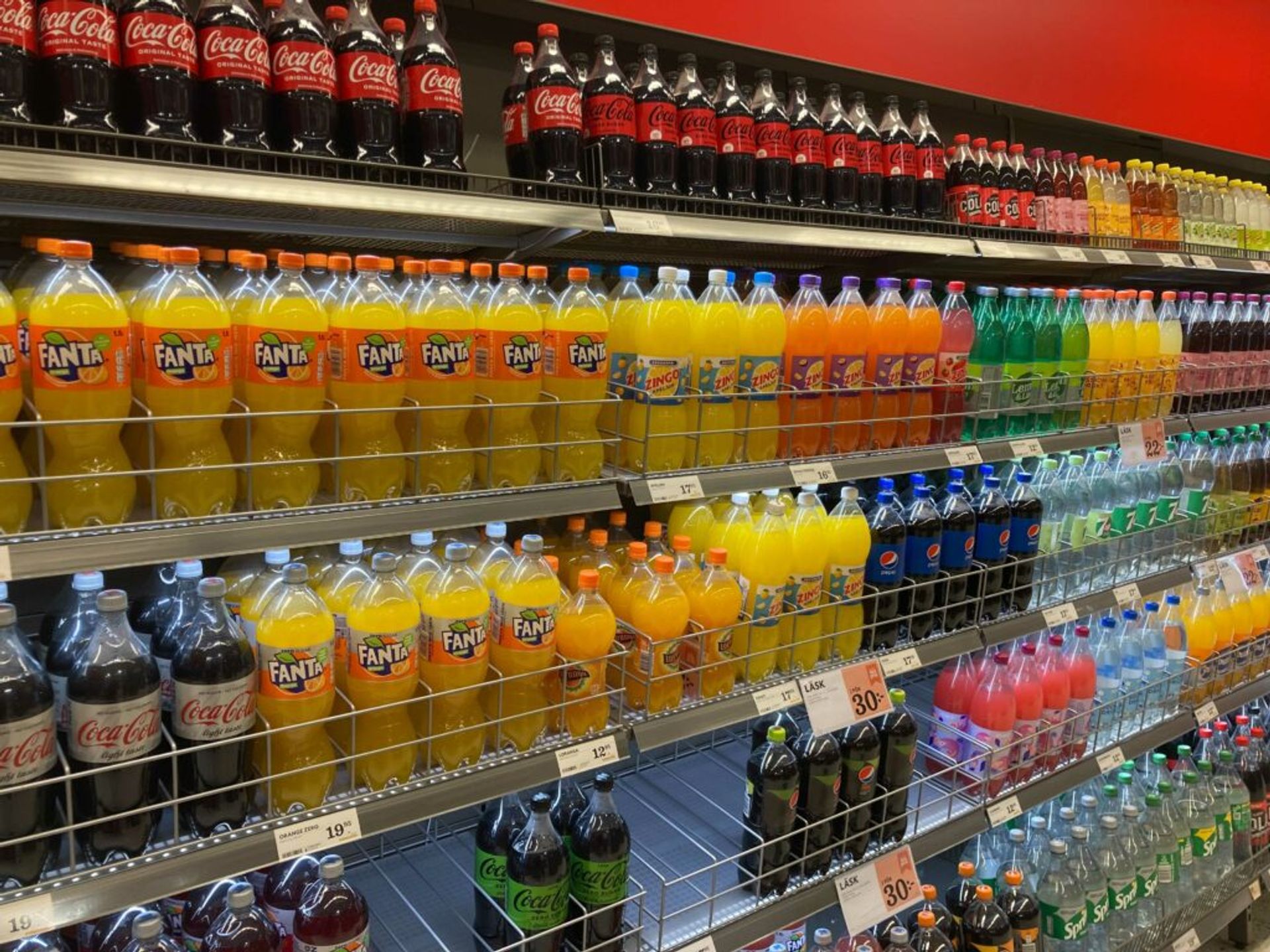
The moral learned from this = get used to drinking tap water at home. You can add a bit of lemon to freshen it up. 🍋
Lakes (and seas)
I’ve seen so much water since I came to Sweden, more than I have probably ever seen in my life. 😂 I don’t believe there is some region in Sweden where they do not have access to a natural water source. The main water areas in Sweden that you should know about are the two largest lakes, Vättern and Vänern, the Baltic Sea, and the North Sea. But there are hundreds of small lakes covering approximately 9% of the Swedish land area.
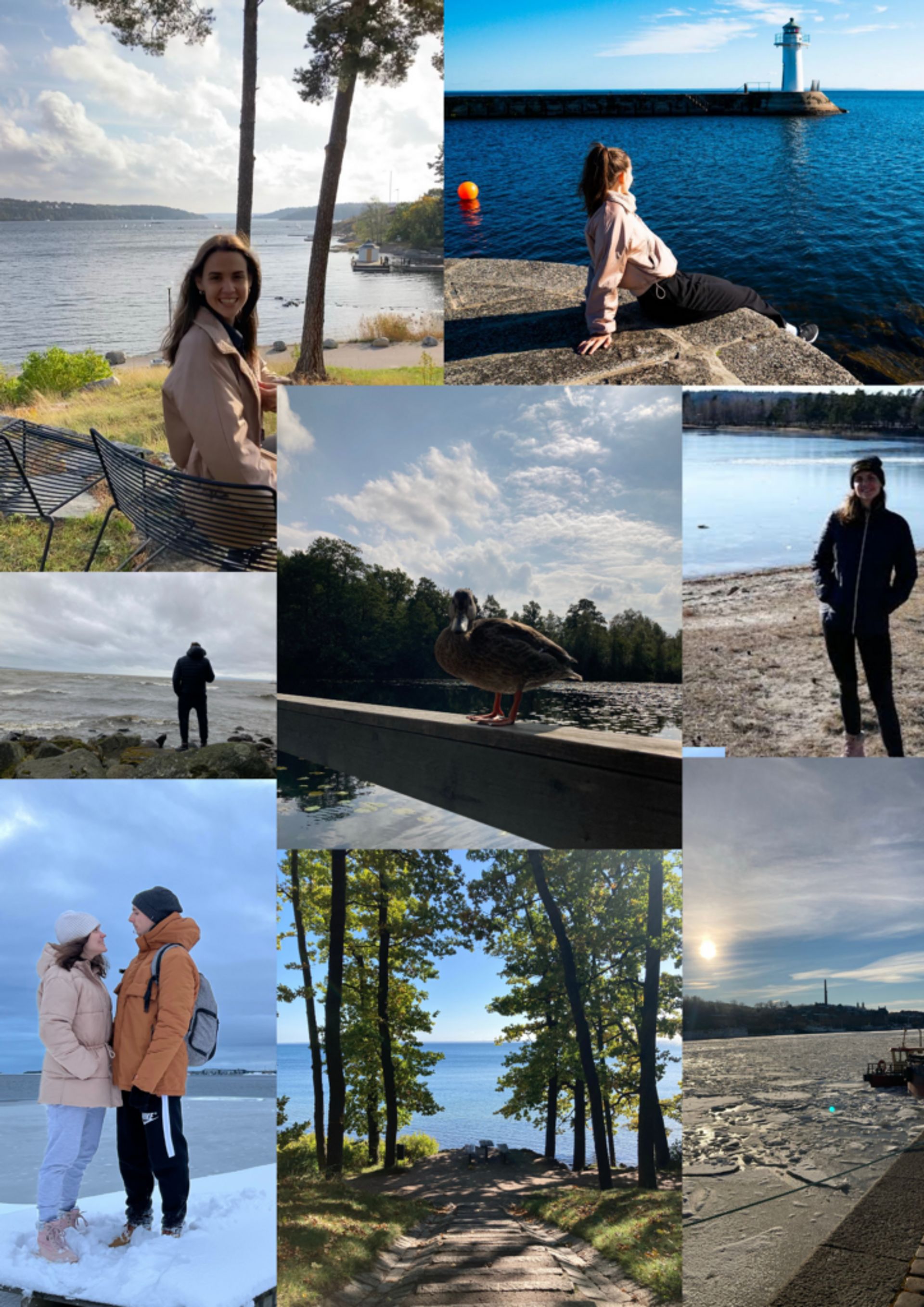
So how come there are so many lakes in Sweden? The only answer that I could find is that the main cause is glacial movement – the movement of glaciers (large solid blocks of ice) during the Ice Age. After the ice melted lakes formed. I guess there were a lot of glaciers in Scandinavia. But I am no lake expert, so let me know if you have better information. 😀
Göta Kanal
It’s a 190 km long canal that was built to enable Swedes to trade using ships. It is a very popular tourist destination because you can cycle along the canal or rent a small boat or jump on a cruise. That’s something I have not tried yet but we managed to go for a trip to Karlsborg to see one of the parts of the canal. While the cruise can be quite pricey, cycling is for free. Buying a bike is something you should really consider and you can read about the reasons why you need it in a post by Sanjay.
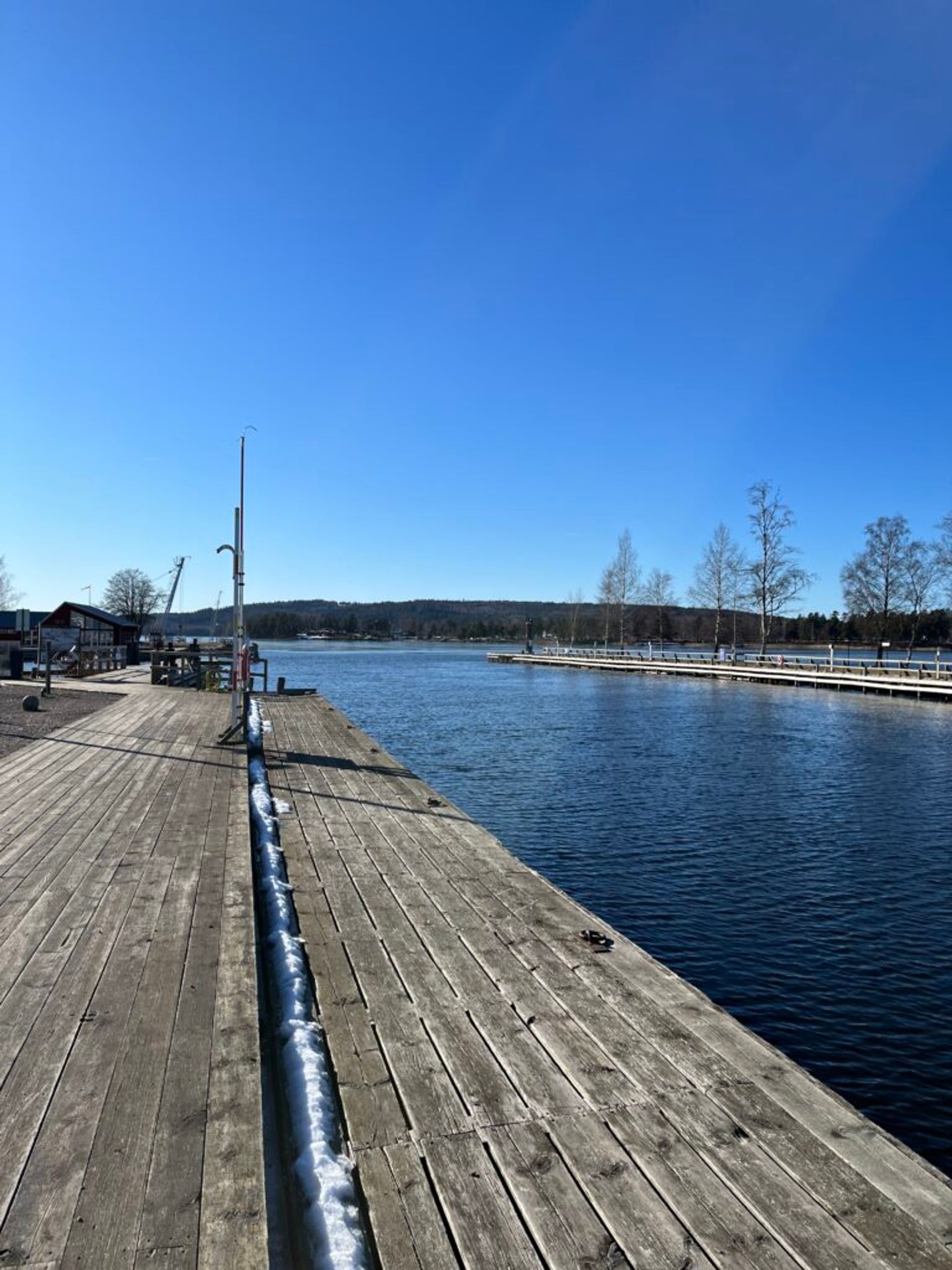
Water – emergency plan
Something I found really interesting but also a little funny is that Sweden provides information about emergencies if a water shortage occurs in the country. You can find the information on the Kris Information website. The website also contains many other valuable emergency information, including the current COVID-19 restrictions so it would be a good idea to get familiar with it as well.
And that’s all. Hopefully, this post provided you with some fun and interesting (maybe somewhat helpful) facts! Feel free to share with me your experiences with the water in Sweden, it would be fun to read! 😍

